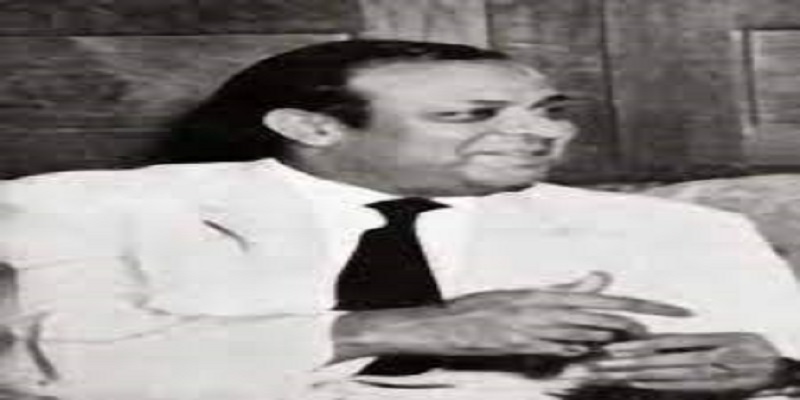Muhammad Ali Bogra Formula Pakistan's Political Challenges (1953-1955)
The Muhammad Ali Bogra Formula, formulated in 1953, was a significant political development in the early years of Pakistan. Named after Muhammad Ali Bogra, who served as the Prime Minister of Pakistan from 1953 to 1955, the formula aimed to address the political challenges faced by the newly formed nation. To understand the context and implications of the Bogra Formula, it is essential to delve into the historical backdrop of Pakistan during that time.
In the aftermath of gaining independence from British rule in 1947, Pakistan faced numerous challenges, including territorial disputes, economic instability, and the need to establish a stable political system. The initial years were marked by constitutional experimentation, with the country witnessing different forms of governance, including the Governor-General system and the adoption of various constitutions.
In 1953, against the backdrop of political instability and internal strife, Prime Minister Khawaja Nazimuddin's government faced a crisis in East Pakistan (now Bangladesh) due to the language issue. The demand for Bengali to be recognized as an official language was met with resistance, leading to protests and unrest. The situation prompted the central government to intervene and led to the removal of Nazimuddin from office.
Muhammad Ali Bogra, a seasoned politician and diplomat, was appointed as the new Prime Minister in 1953. Recognizing the need for a stable and workable political framework, Bogra proposed a constitutional formula that later became known as the Bogra Formula. The key elements of this formula were aimed at addressing the concerns of different regions within Pakistan and ensuring a balanced distribution of power.
One of the central features of the Bogra Formula was the establishment of a bicameral legislature. The proposed Parliament consisted of two houses – the House of Units and the House of People. The House of Units aimed to ensure representation based on the provinces, while the House of People sought to provide representation based on population size. This bicameral structure aimed to strike a balance between the rights of smaller provinces and the more populous ones, addressing concerns related to regional disparity.
Furthermore, the Bogra Formula proposed a federal structure with clearly defined powers for the central and provincial governments. The idea was to devolve certain powers to the provinces, granting them autonomy in local matters while retaining a strong central authority for national issues. This approach was intended to address the demands for autonomy from various provinces, particularly East Pakistan.
The Bogra Formula also addressed the role of the Head of State, proposing a powerful and ceremonial President who would be elected by an electoral college. This move was aimed at avoiding a concentration of power in a single individual while providing a figurehead for the nation.
Despite its intentions, the Bogra Formula faced opposition from various quarters. Some political leaders were skeptical about the proposed bicameral system, expressing concerns about its practicality and potential complications. Additionally, there were reservations about the concentration of power in the hands of the President, with some fearing that it could lead to authoritarianism.
In 1955, the Bogra Formula was presented at the Constitutional Conference in Karachi. While it generated considerable debate and discussion, the formula failed to gain widespread acceptance. The differences in opinion among political leaders, coupled with regional tensions, contributed to the formula's ultimate rejection.
The failure of the Bogra Formula highlighted the complex nature of Pakistan's political landscape. The country continued to grapple with issues of representation, regional autonomy, and the distribution of power. Subsequent years saw further constitutional developments, with the adoption of the 1956 Constitution and subsequent amendments.
In retrospect, the Bogra Formula remains a crucial chapter in Pakistan's political history, representing an attempt to address the diverse challenges faced by a newly independent nation. While it did not succeed in its original form, the ideas and principles embedded in the formula contributed to the ongoing constitutional discourse in Pakistan. The subsequent evolution of the country's political system reflects the ongoing efforts to strike a balance between centralization and decentralization, unity and diversity, and the interests of different regions within the nation.

